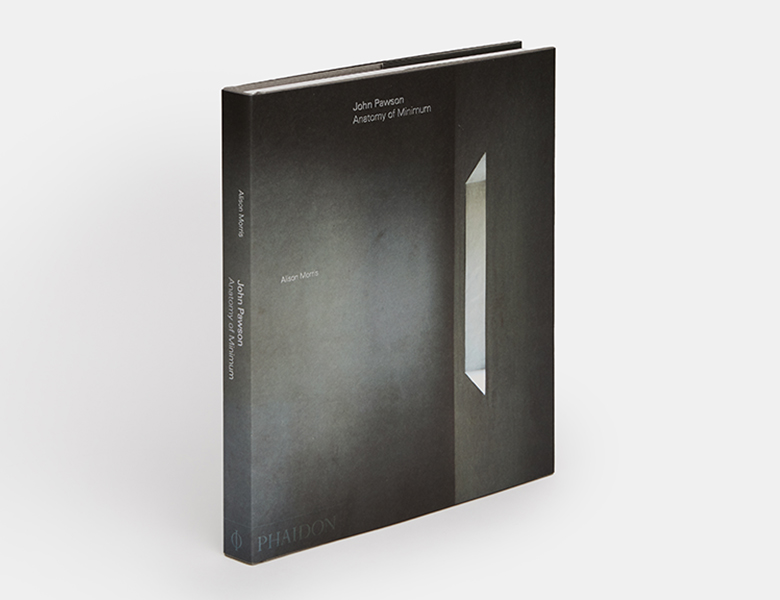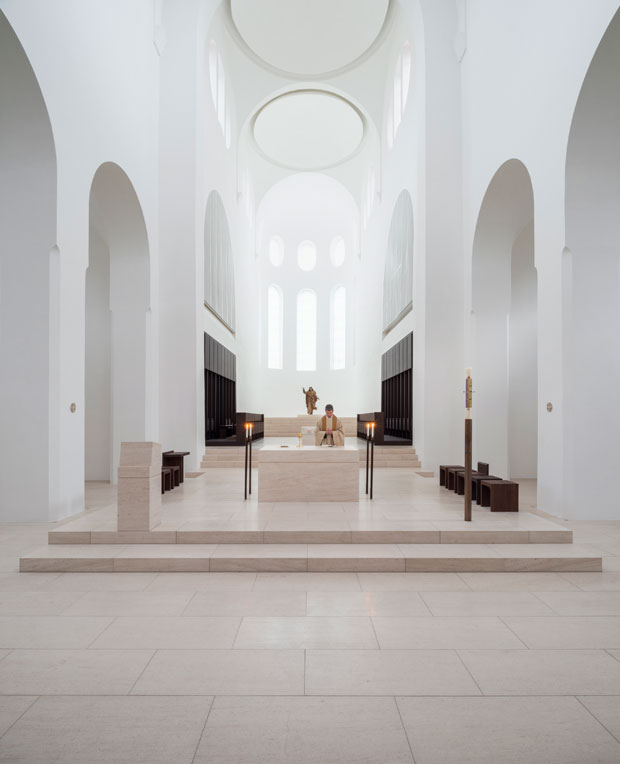
Pawson Projects: St Moritz Church, Germany
The parishioners of Augsburg, Germany wanted a simpler, sparer space. John Pawson answered their prayers
The Roman Catholic Church of St Moritz stands next to a tram stop in the Southern German city of Augsburg. Its foundation can be traced back to the 11th century, but much of the existing building work came later.
”Designed originally as a Romanesque basilica, during the Gothic period the church gained a new choir and vaulting,” writes Alison Morris in our new book, John Pawson: Anatomy of Minimum. “A series of interventions during the seventeenth century was followed in the early eighteenth century by a flamboyant reinterpretation of the three-aisled space by the Baroque architect Johann Jakob Herkommer, the plasterer Matthaus Lotter and the fresco painter Melchior Steidl. Catastrophic fires, shifts in liturgical practice and aesthetic evolution had already left their profound mark on the fabric of the buildings when, on the night of 25 February 1944, devastating Allied bombing raids left only the tower unscathed.”
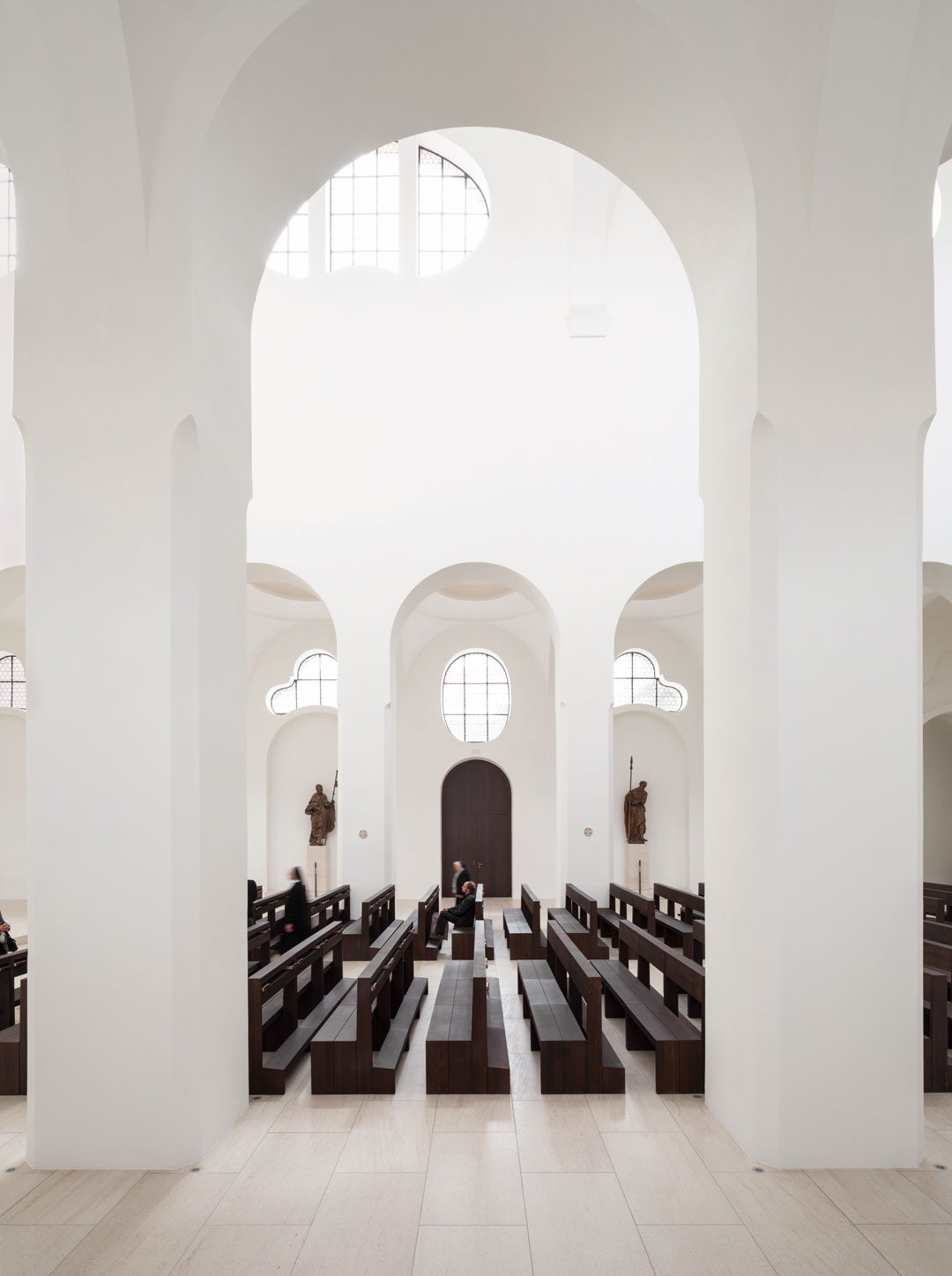
“Reconstructed and to an extent remodelled by the renowned German architect Dominikus Bohm in the immediate post-war period and subsequently subject to repeated modifications and decorative additions, the church John Pawson first visited was an intricate palimpsest — a fragmentary narrative of surviving and reconstructed archaeology, vision and re-vision.”
Pawson, first became aware of the church via a letter sent to him by St Moritz parishioners in 2007. The letter “described how the congregation had been exploring the possibilities of worshipping in a simpler, sparer space and had reached the point where they were ready to pursue a more radical and permanent architectural solution,” writes Morris.
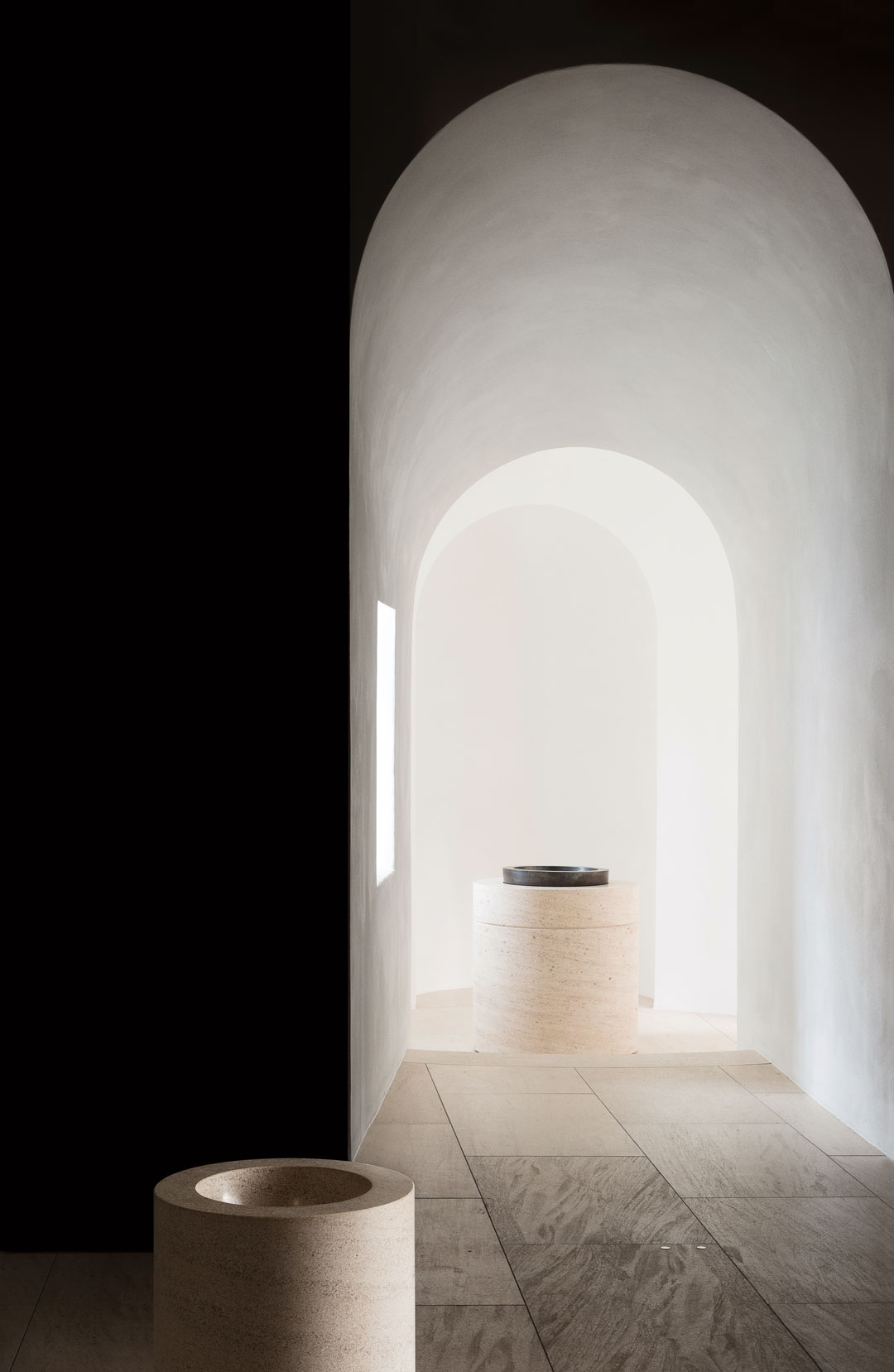
“In the wake of the letter there followed a remarkable text, describing how the idea driving the project was one of ‘revealing the inner mysterious activity of the church’, characterizing it as a place ‘so obstinately mysterious and so silently present’, but in some way consumed by ‘dust, walls, the morphology of masonry’.”
Neither a straightforward renovation nor a conventional architectural commission, the worshippers of St Moritz asked for a building that provided “‘the gradual escape from solid structures’: ‘we have the impression of recognizing the advent of hidden spirit, the suspension of matter and the dissolution of physical objects’.”
Pawson responded to this brief, regarding his role as one of retuning and curating that which was already there. “Every decision was complex, and there were many decisions to make,” writes Morris. “The path between old and new had to be navigated with great delicacy.”
Over ten years the architect removed elements and crafted new forms. The thin, onyx windows Pawson installed now help disperse the light in the space, while LEDs, hidden away within the building’s upper reaches, illuminate it after dark.
The architect and his team also restored and relocated a few of the church’s more striking artifacts. Morris describes a series of Baroque figures of the Apostles, as well as 17th century German sculptor Georg Petel’s figure of Christ that had been lying neglected, in a room in the church’s tower.
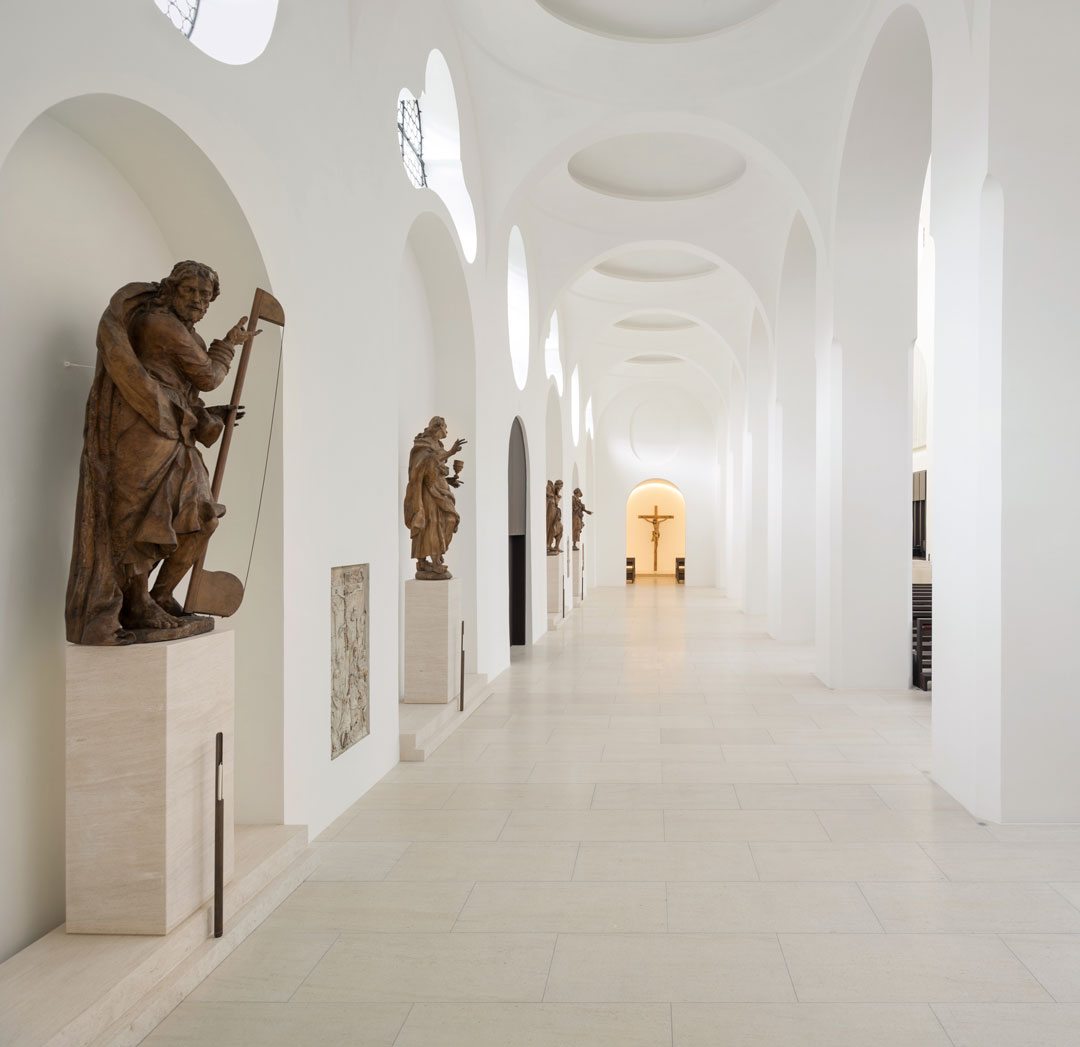
“The carving was made 1632, when Augsburg was occupied by Swiss forces led by Gustavus Adolphus and afflicted by plague — her people starving — and Petel died shortly after completing it, at the age of thirty-three,” writes Morris. “The lime-wood figure had been almost black, but cleaning had revealed gold and silver leaf laid over red underpainting alongside areas of exposed pink flesh by whose tender vulnerability it was impossible not to feel moved."
Most simply, and perhaps most effectively, Pawson also chose to move the church’s main entrance to its great west doors, “from which point of perspective the impression of clarity and order is graphically immediate,” writes Morris.
“With the emphasis falling on the re-establishment of a sense of rhythmical progression through the immaculate white volume of the nave, the geometric repetition of the side arches and the framing elements of the dark benches and stalls. These all draw the eye and the body forwards to the haze of natural light filtering through the onyx windows of the apse, whose character is constantly shifting according to the weather and the time of day.”
Pawson might not be a religious man, but the Christians of Augsburg’s prayers were certainly answered, with this beautifully conceived project.
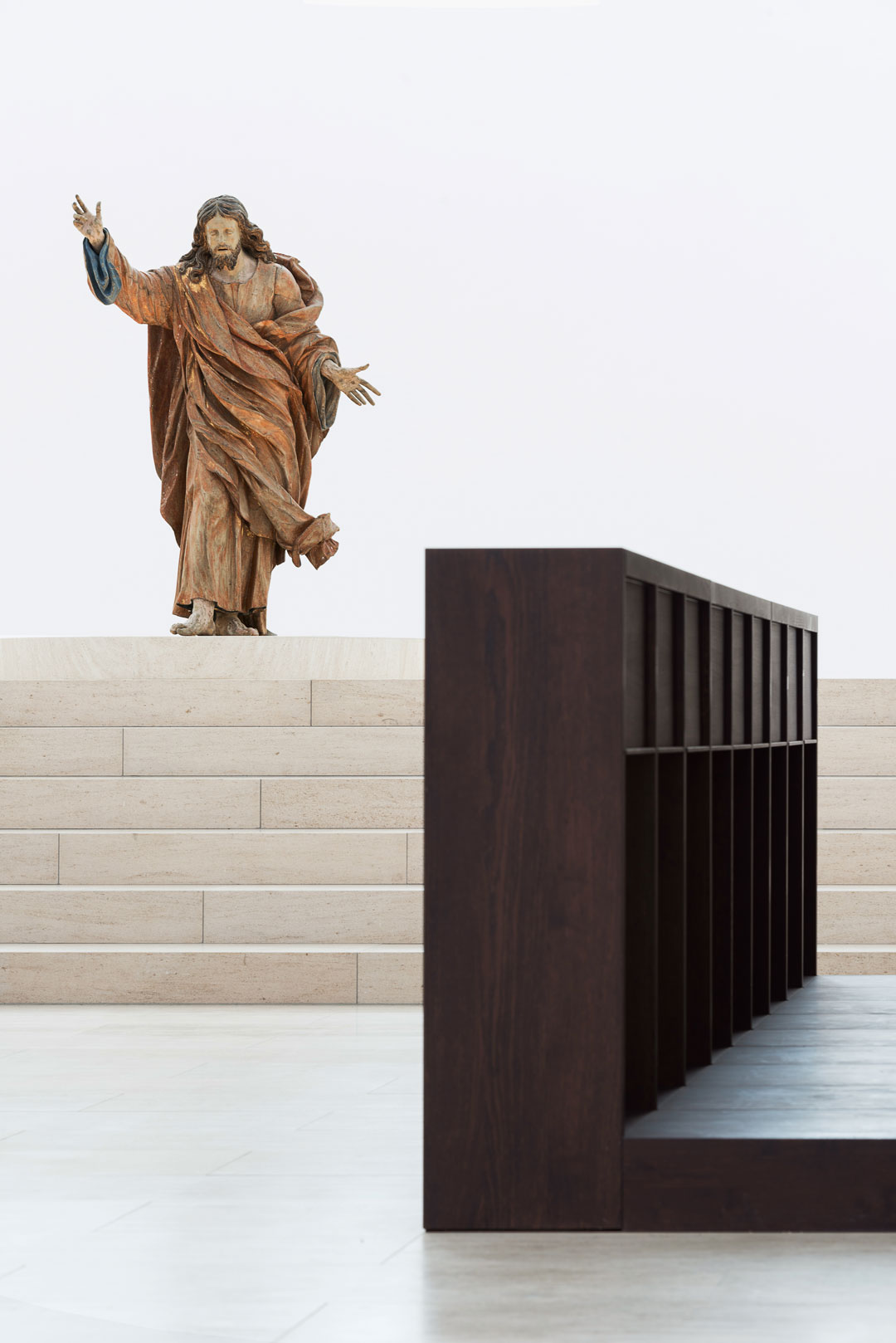
For more on Home Farm as well as many more of John Pawson’s projects get a copy of John Pawson: Anatomy of Minimum here. The monograph, the latest volume in Phaidon's documentation of Pawson's stellar career, hones in on the essential details that mark his distinctive architectural and aesthetic style. It groups a selection of his recent works into domestic projects, including his own house in rural England; extended sacred spaces; and repurposed structures, such as London's Design Museum. Throughout its pages, this book explores Pawson's unique approach to proportion and light and his precise language of windows, doors, and walls. You can buy John Pawson: Anatomy of Minimum here
